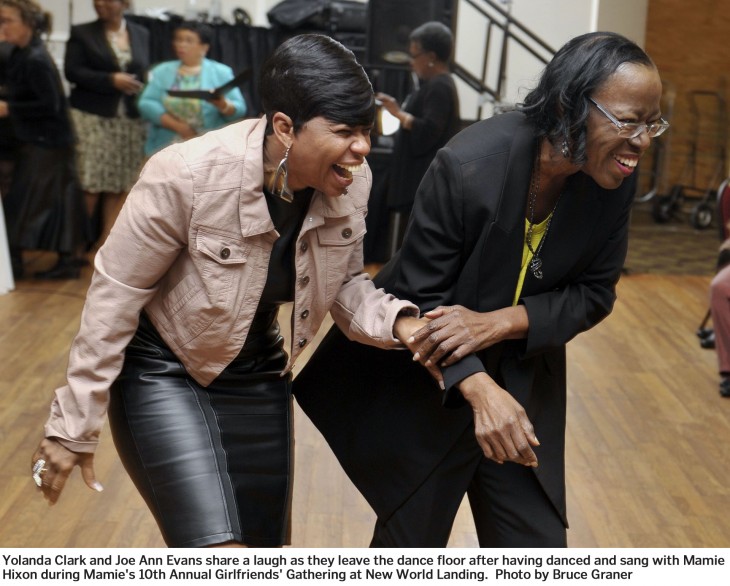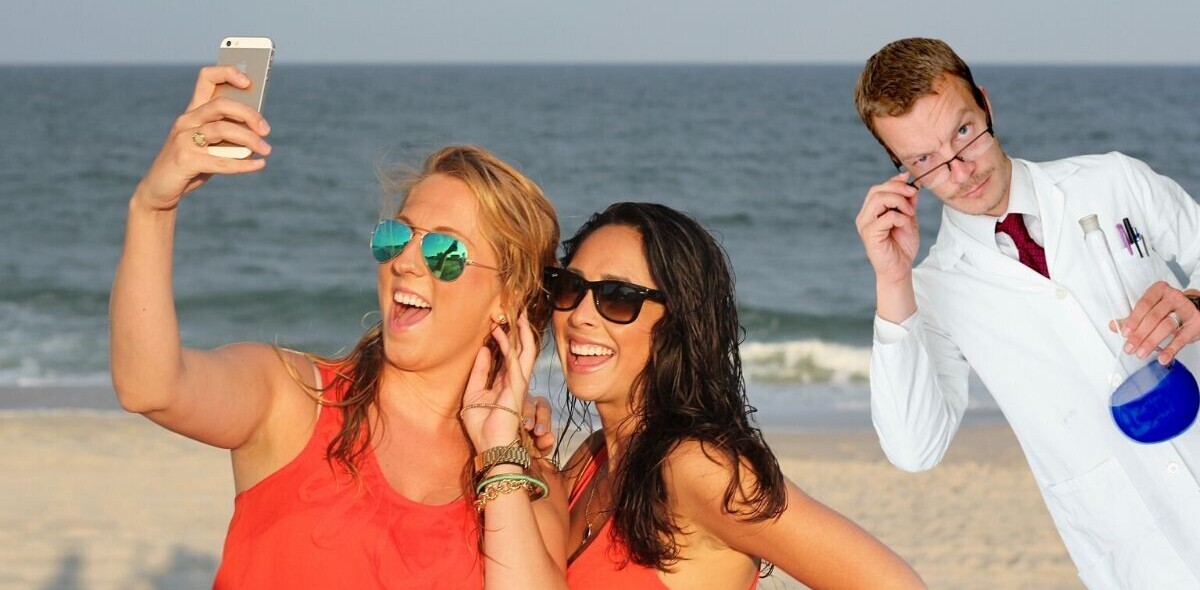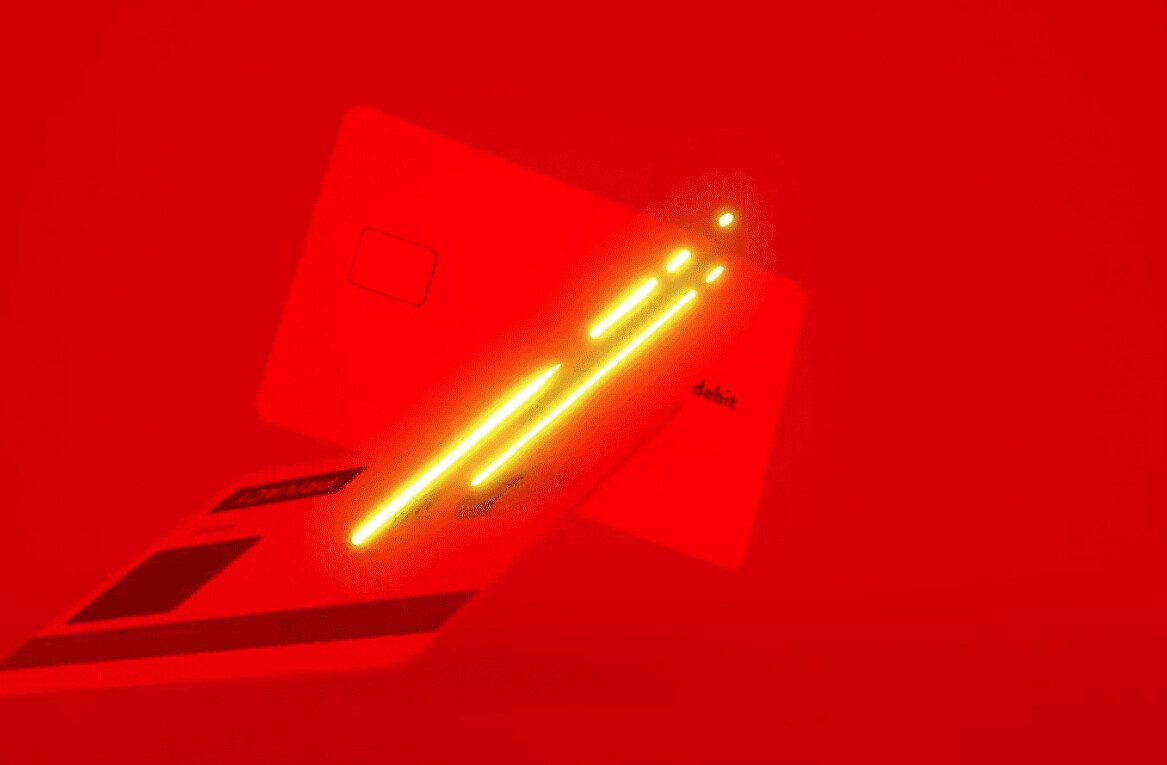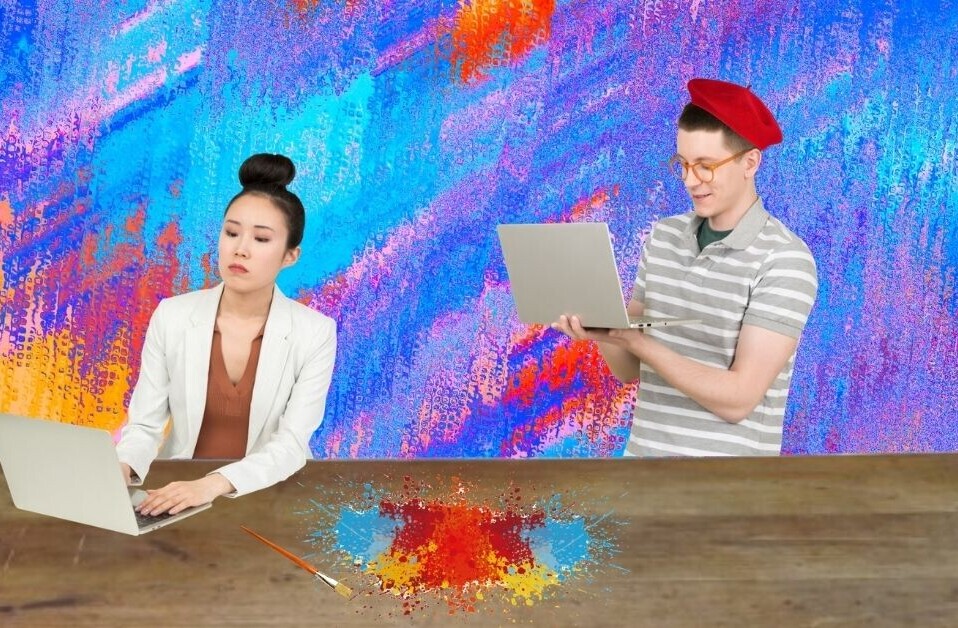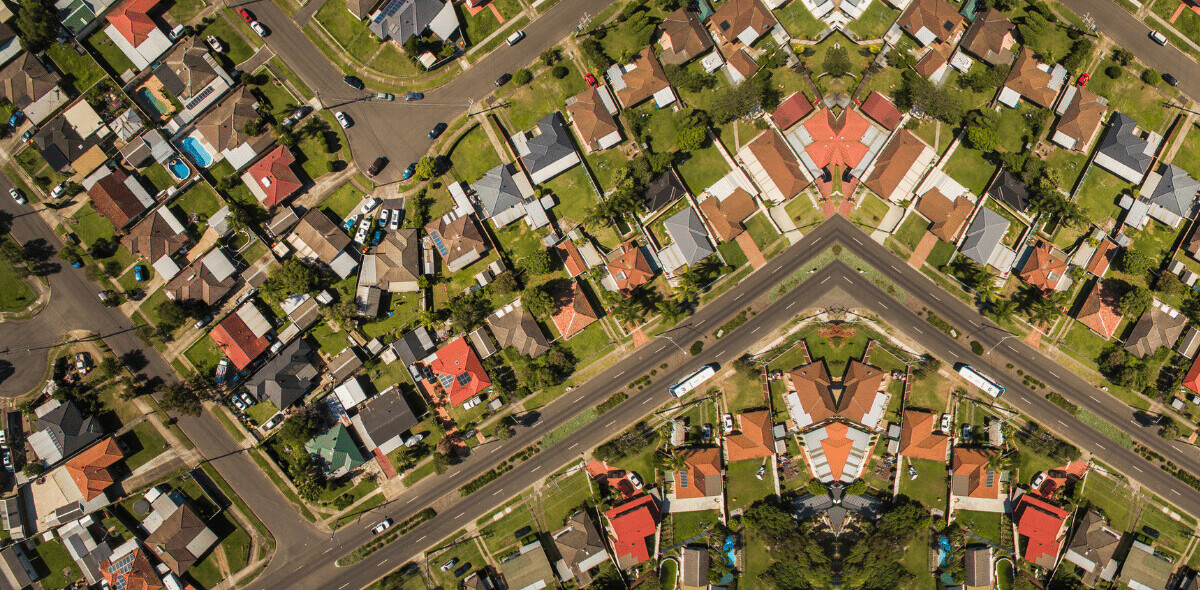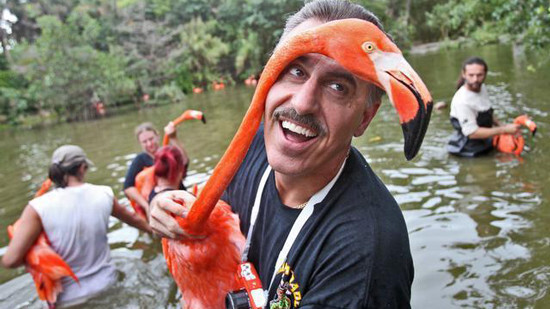
In the wake of mass layoffs of photographers from major news organizations like the Chicago Sun Times and Sports Illustrated, the National Press Photographers Association (NPPA) wanted to find out whether or not typical newspaper readers preferred — or could even tell the difference between — photos shot by professional photographers and those contributed by amateur shutterbugs.
The results, contained in the newly released scientific Eyetracking Photojournalism Study and commissioned by the NPPA, were the topic of a SXSW panel, “Who’s Driving the Extinction of Pro Photographers?” They should surprise no one.
Not only did viewers know what they liked, but they were able to accurately identify which of the 200 photos and captions they were asked to view were shot by pros, and expressed a distinct preference for the professional over the user contributed images.
In examining a mainstream audience’s perceptions of newspaper photos, eyetracking expert Sara Quinn found that 52 ordinary readers — half men and half women ranging in age from 18 to 60 — were quite conversant in most major aspects of photography. They were able to point out factors like lighting, focus, camera angle, access to a scene and storytelling skills.
This was no empirical touchy-feely opinion study. Eyetracking is a precise science that determines what attracts people to view certain elements on a page. A small, invisible infrared camera placed under a computer screen tracks the position of the user’s eye.
In addition, respondents were asked to rate the photos for quality, say how likely they would be to share a photo, guess the source of a photograph and give qualitative comments in an exit interview.

Furthermore, the conclusion states that the public is distrustful of manipulated images, preferring real-life interactions to posed photos and associates professional images with better quality.
TNW interviewed eyetracking expert Sara Quinn after the session to get her in-depth take on the findings. Have a listen below:
➤ NPPA
The photos in this story were among the 200 study participants were asked to rate. The top image is by Patrick Farrell.
Get the TNW newsletter
Get the most important tech news in your inbox each week.
